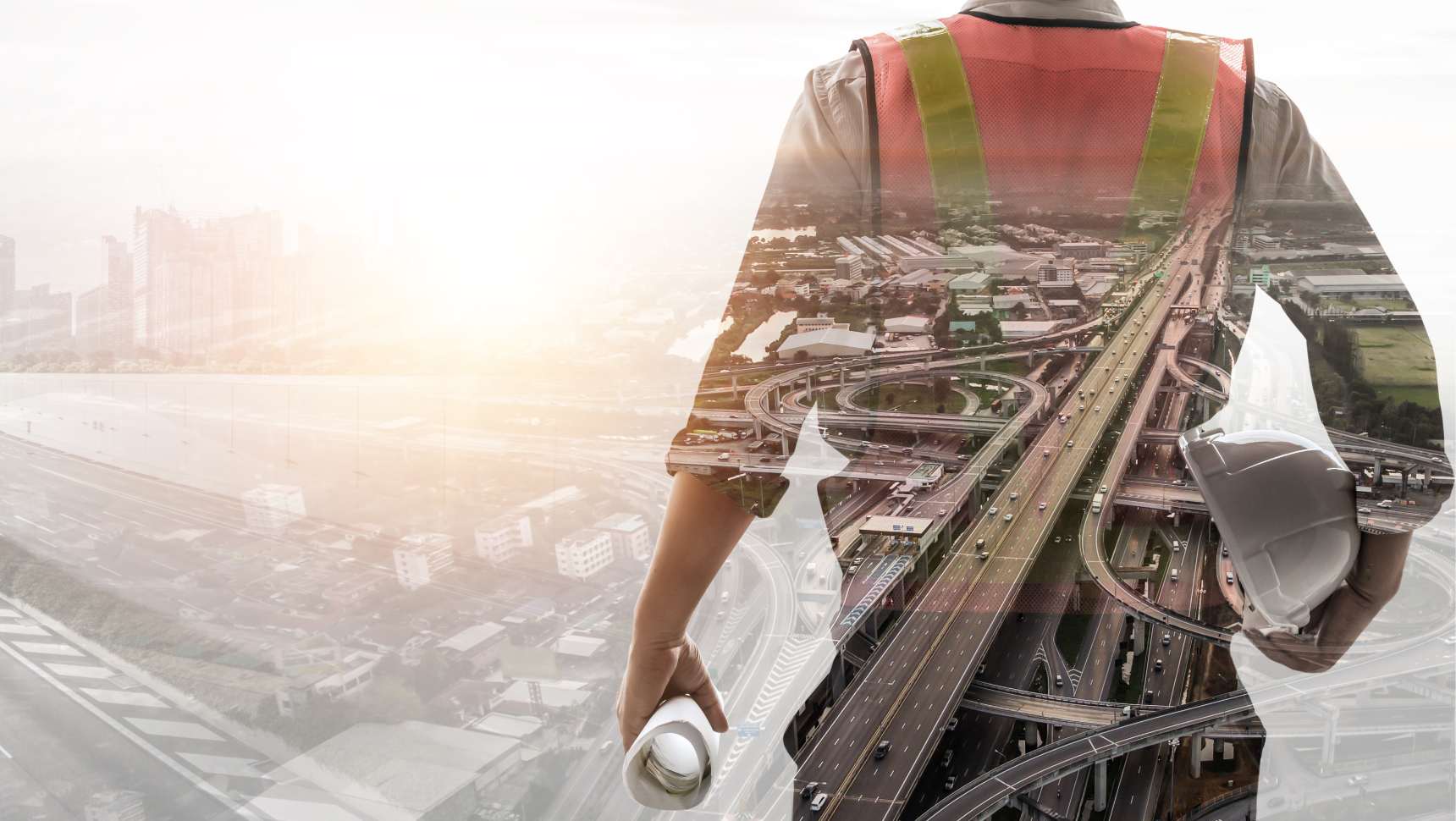Aging Infrastructure: An Opportunity to Make Better Choices


In this three-part miniseries, Fuss & O’Neill’s Regional Managers discuss three major societal challenges and their approaches to rectification. Leading the first installment is Shawn Martin, PE, Central Region Manager. Shawn has nearly three decades of experience leading civil engineering projects, specializing in brownfields redevelopment, land use planning, and low-impact development design. Here, Shawn initiates a discussion about our nation’s deteriorating infrastructure and the opportunity it presents.
The critical infrastructure that makes our civilization possible (water, sewer, waste, energy, and transportation systems) has been neglected for decades. ASCE’s most recent report card for America’s infrastructure scored our nation’s infrastructure a C-. The Bipartisan Infrastructure Deal is taking steps to rectify the deterioration and make our systems safe, but have history’s economic, social, political, and individual motivations, which have significantly contributed to the state of our infrastructure, taken us past the point of no return or does this present an opportunity to learn from past mistakes?
Throughout our history, and still holding true today, those who produce the most money rise to the top and generally control, or hold significant influence over, political and financial decisions. This can include influence over how we invest in infrastructure. As a country, we are pursuing increasingly efficient, less costly, and less energy-intensive processes, and this influence can lead to compromises that benefit the privileged, not the public. These compromises often fail to achieve high sustainability (e.g., longevity and resource management), induce negative social and environmental outcomes, and lead to the devastation of critical natural resources, including access to food, clean air, and clean water. Examples include our nation’s focus on rapid vehicle transportation systems that have historically displaced low-income communities and people of color, that have contributed to the increase in greenhouse gas emissions, and that have reduced our natural resources and biodiversity; dams created to provide energy but have blocked natural aquatic migration and destroyed ecosystems; and energy systems (and their conveyance networks) that contribute to climate change and profoundly damage our environment.
From a basic safety perspective, our nation’s infrastructure needs a new paradigm. The investment of our federal government and the implementation of infrastructure improvement projects on municipal, state, and federal levels present an opportunity to, simply put, do better. The changes we make now to correct both past mistakes and deteriorating systems need to start from a place of holistic improvement. It is not simply about fixing a problem, it is about implementing solutions that provide for a better, inclusive, and prosperous future for all.
I ask myself and all my industry colleagues, how do we develop infrastructure to create a better world?
JoAnn Fryer, PE, Fuss & O’Neill’s North Region Manager, believes that the first step is respecting communities:
“First and foremost, we need to listen to those who are most affected by the infrastructure problems and respect their perspectives. Taking a step back, we can then evaluate the system and determine, holistically, what solutions will address the problems that are defined by the people who are affected by them – rather than creating solutions that pander to the most powerful or wealthy. We can leverage our own expertise and the experience of our municipal, state, and federal partners to overcome the obstacles to reach that solution, while continuing to collaborate with the community members who will use the infrastructure every day. In short, care about each other and communicate.”
Craig Lapinski, PE, LEED AP D+C, Fuss & O’Neill’s South Region Manager, believes that time is a critical factor:
“Anyone who has driven over a pothole or fumbled their way through an antiquated train station knows the importance of maintaining our transportation infrastructure system. Equally crucial are unseen support systems, such as the vast network of underground utility and stormwater pipes or the wastewater facility that is tucked away in a corner of your community.
Well-functioning infrastructure is a key component to keeping us safe; however, improving our declining infrastructure will require our leaders to have the foresight to invest in a problem that largely they cannot see. For politicians, it is often easier to get behind a project, like a new school or park, because those are tangible and visually appealing to a public official’s constituents. But, make no mistake about it, our aging infrastructure is a ticking timebomb that will go off if left unchecked.
Putting off fixing our infrastructure always costs more than preventative care. We simply cannot afford to wait until communities flood, public transportation systems become unusable, or there are issues with supplying homes, businesses, and critical facilities with power, heat, air conditioning, clean water, and sanitary facilities before we do something about it. Furthermore, sea level rise and average temperature increases caused by climate change will exacerbate the problem and put additional strain on our infrastructure system.
We owe it to ourselves, to our children, and to our children’s children to start upgrading our transportation and utility networks now. Putting the safety and financial burdens on future generations is simply no longer an option.”
Shawn manages the firm’s Central Region, which is composed of operations in Massachusetts and Rhode Island. Shawn has nearly three decades of experience leading civil engineering projects, specializing in brownfields redevelopment, land use planning, and low-impact development design.
We keep up-to-date on developing technologies, emerging concerns, climate projections, and new regulations. Subscribe to be the first to know how these ever-changing industry topics impact you and how we’re responding.
"*" indicates required fields